What if I told you… there exists a Murugan temple where the Lord does not face the rising sun, but instead turns to the mysterious north? A temple where, no matter where you stand, you can only see Murugan with one goddess at a time — never both. A temple where each of its 84 sacred steps carries the power of ancient siddhars, where the warrior god himself once paused to worship a hidden Shiva Linga, and where a majestic peacock and 100-pillar hall still whisper secrets of cosmic design.
This is not a myth. This is the Kundrathur Murugan Temple, built by the mighty Chola king Kulothunga II, standing tall on a serene hill near Chennai. For centuries, devotees have climbed its steps, seeking blessings, mysteries, and a glimpse into divine truth. Today, we uncover the temple’s secrets — one mystery at a time.
1. The North-Facing Murugan.
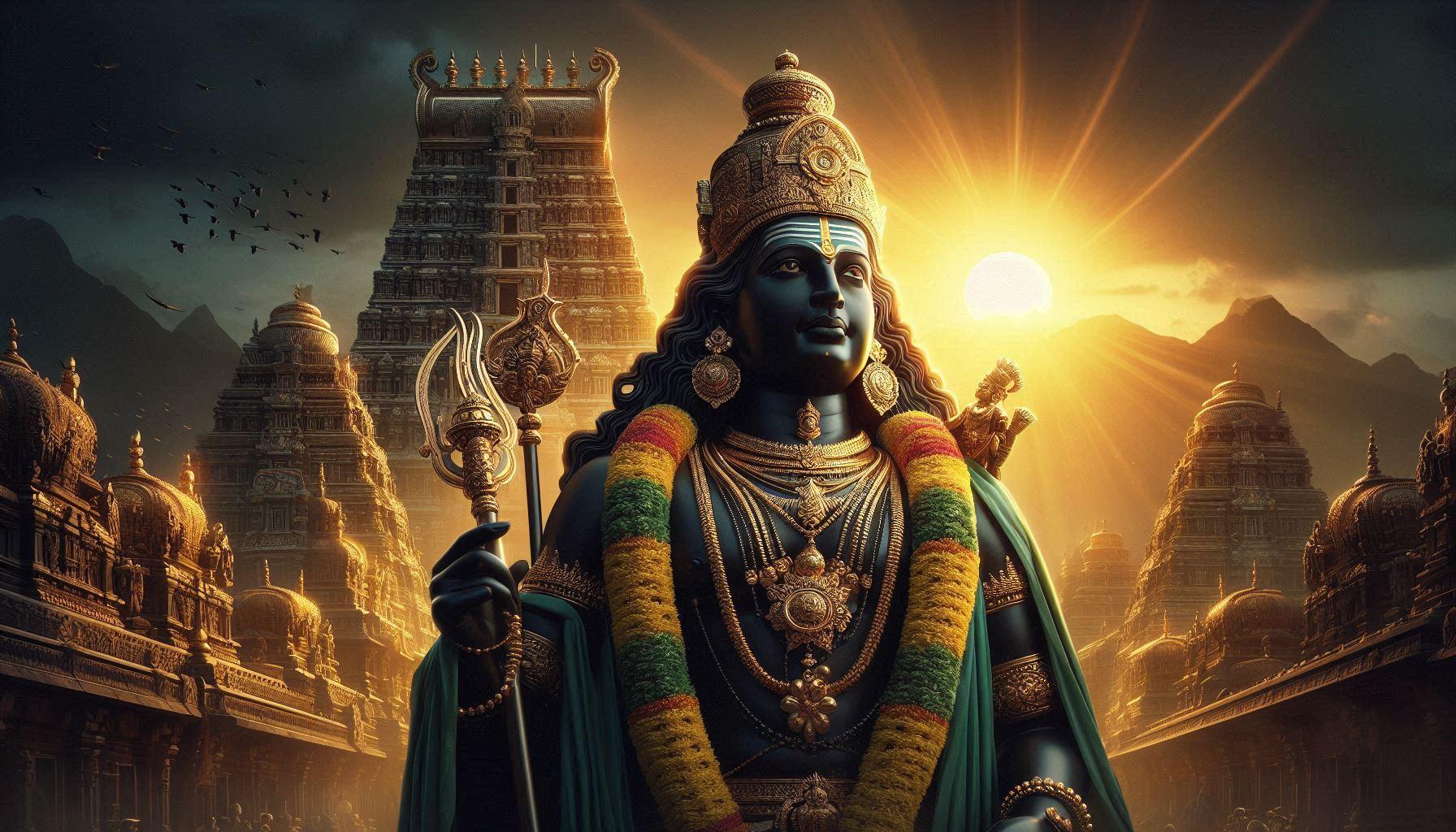
In almost every Murugan temple across Tamil Nadu, the Lord faces east — the direction of the rising sun, symbolizing light, knowledge, and divine blessings. But in Kundrathur Murugan Temple, something extraordinary happens — Murugan faces north. At first glance, this might seem like a small architectural decision, but in Hindu tradition, directions are not random. They carry deep spiritual meaning.
The north is known as Kubera’s direction, the realm of wealth, prosperity, and spiritual growth. Devotees believe that Murugan, by facing north, isn’t just watching over the temple — he is blessing the entire region, especially Thanjavur, which lies northward from Kundrathur. This has led to the temple being called “South Thanigai,” directly linking it to the great Tiruttanigai temple.
But why did the Chola king Kulothunga II, who built this shrine, choose such a rare orientation? Was it a hidden alignment with cosmic energy lines? Or perhaps a way to make Kundrathur a spiritual counterpart to Thanjavur?
Even today, devotees say that standing before the north-facing Murugan here feels different — as if the Lord is not just giving darshan, but also guiding them on an inward journey of awakening.
2. One Goddess at a Time.
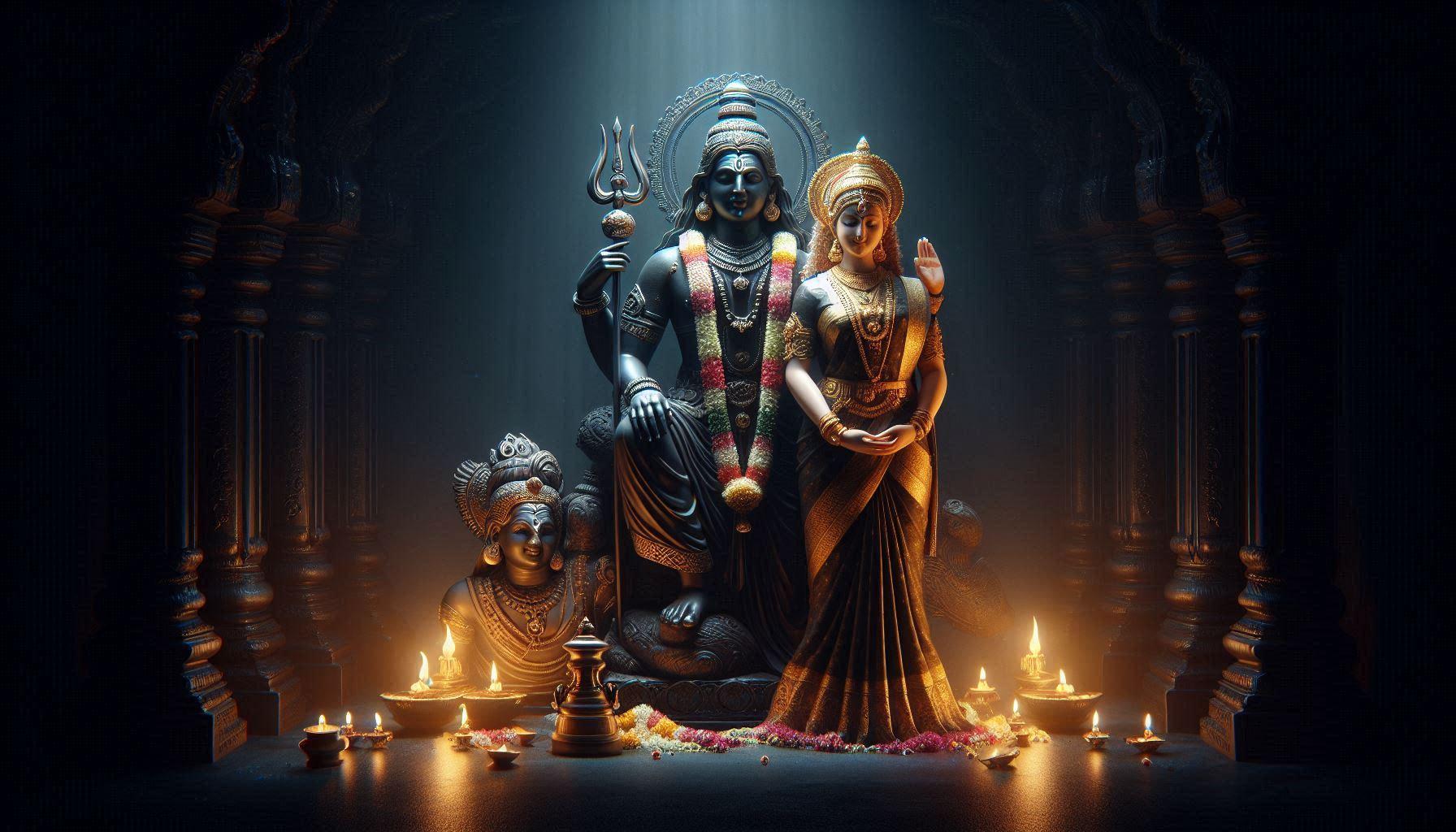
Imagine this: you stand before Lord Murugan at Kundrathur Temple. He is flanked by his two divine consorts — Valli and Deivanai. But here’s the mystery — from where you stand, you will never see both goddesses together. If you move slightly to one side, Murugan appears with Valli. Shift to the other side, and suddenly he is seen with Deivanai.
It is almost as if the temple has been designed to remind us of the two distinct yet complementary paths of life. Valli represents love, devotion, and earthly affection — the emotional force that drives human existence. Deivanai represents wisdom, discipline, and divine knowledge — the guiding light of the soul.
How did the Chola architects achieve this visual miracle centuries ago without modern engineering tools? Was it intentional symbolism, a secret of sacred geometry, or just divine will?
Devotees believe this vision is no accident. It is Murugan’s way of teaching that life is balanced only when devotion and wisdom walk side by side. Yet, the temple makes sure you focus on one at a time — a reminder that on the path to the divine, clarity comes only when distractions fade away.
3. The 84 Steps of Kundrathur.
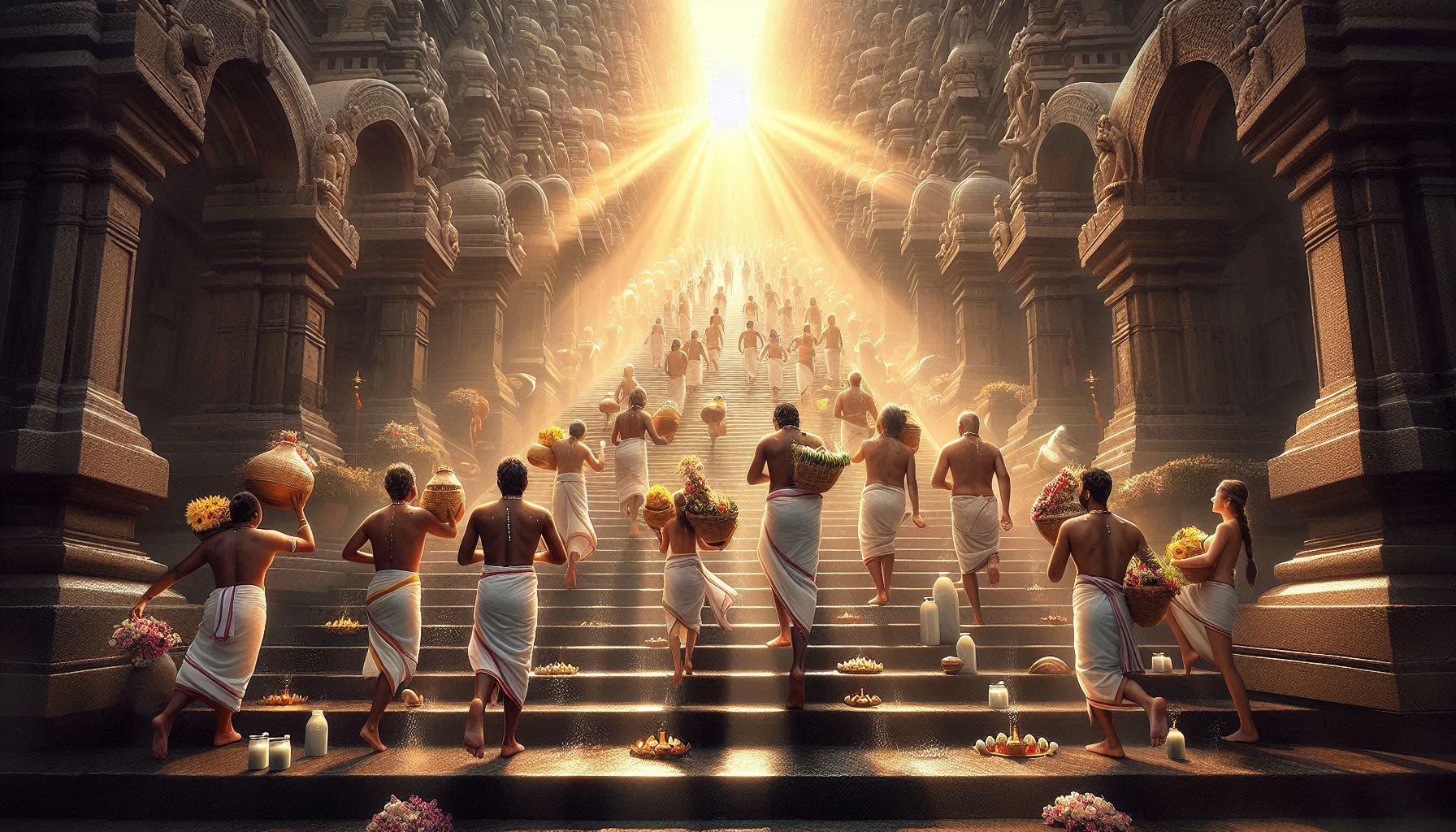
Climbing a hill to reach a temple is never just a physical act in Hindu tradition — it is always symbolic of the soul’s ascent toward the divine. At Kundrathur Murugan Temple, devotees must climb 84 stone steps to reach the sanctum. But why exactly 84?
In Hindu spiritual philosophy, the number 84 holds deep significance. Ancient scriptures speak of the 84 siddhars, enlightened beings who mastered extraordinary yogic powers and roamed the earth guiding humanity. Each step is said to represent one siddhar, and climbing them is like invoking their blessings, layer by layer, until you reach Murugan himself — the eternal guru.
Some devotees also connect the 84 steps to the 84 lakh life forms described in Hindu cosmology, through which the soul evolves before attaining human birth. Thus, climbing the steps symbolizes rising above the endless cycle of rebirths to finally meet the divine.
Even today, many pilgrims climb these steps barefoot, chanting Murugan’s name with every step, as if each stone carries centuries of spiritual energy. And when they reach the top, they say it feels as though they’ve already shed a part of their burdens, standing lighter before the north-facing Lord.
4. Murugan’s Resting Place and the Hidden Shiva Linga.
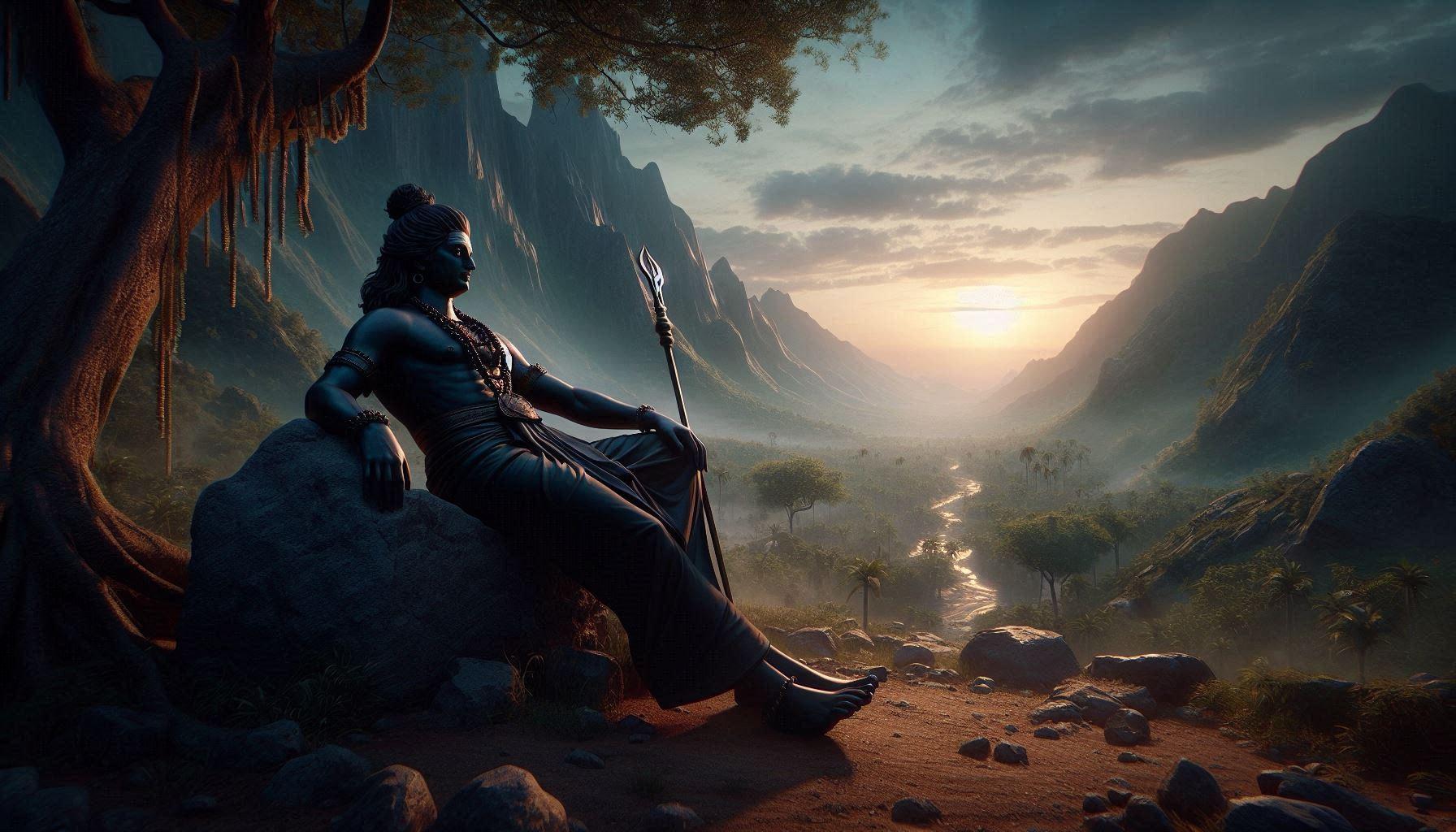
Legends say that after a victorious battle with demons, Lord Murugan journeyed across Tamil Nadu. On this journey, he rested at Kundrathur. But here, something extraordinary happened — Murugan himself installed a Shiva Linga and worshipped it. Think about that: the son, bowing in devotion before his father, Lord Shiva.
This act is no ordinary tale. It reveals Murugan’s essence — not just as a warrior god but as the eternal seeker of truth. By placing the linga here, he transformed Kundrathur into more than just his temple — it became a meeting ground of Shaivism and Murugan worship, a spiritual bridge uniting father and son, guru and disciple.
Even today, the shrine of Kandaleeswarar (Shiva) stands within the temple complex, reminding devotees of this divine moment. Some locals even whisper that the energy here feels different from other Murugan temples — more intense, more grounding — as if Shiva’s presence lingers alongside Murugan’s vibrant aura.
Was this Murugan’s way of leaving behind a hidden message, that even the mightiest warrior bows to wisdom and surrender? For devotees, this mystery turns the temple into not just a place of prayer, but a living story of humility and cosmic balance.
5. The Peacock, the Pillars, and Sacred Symbolism.
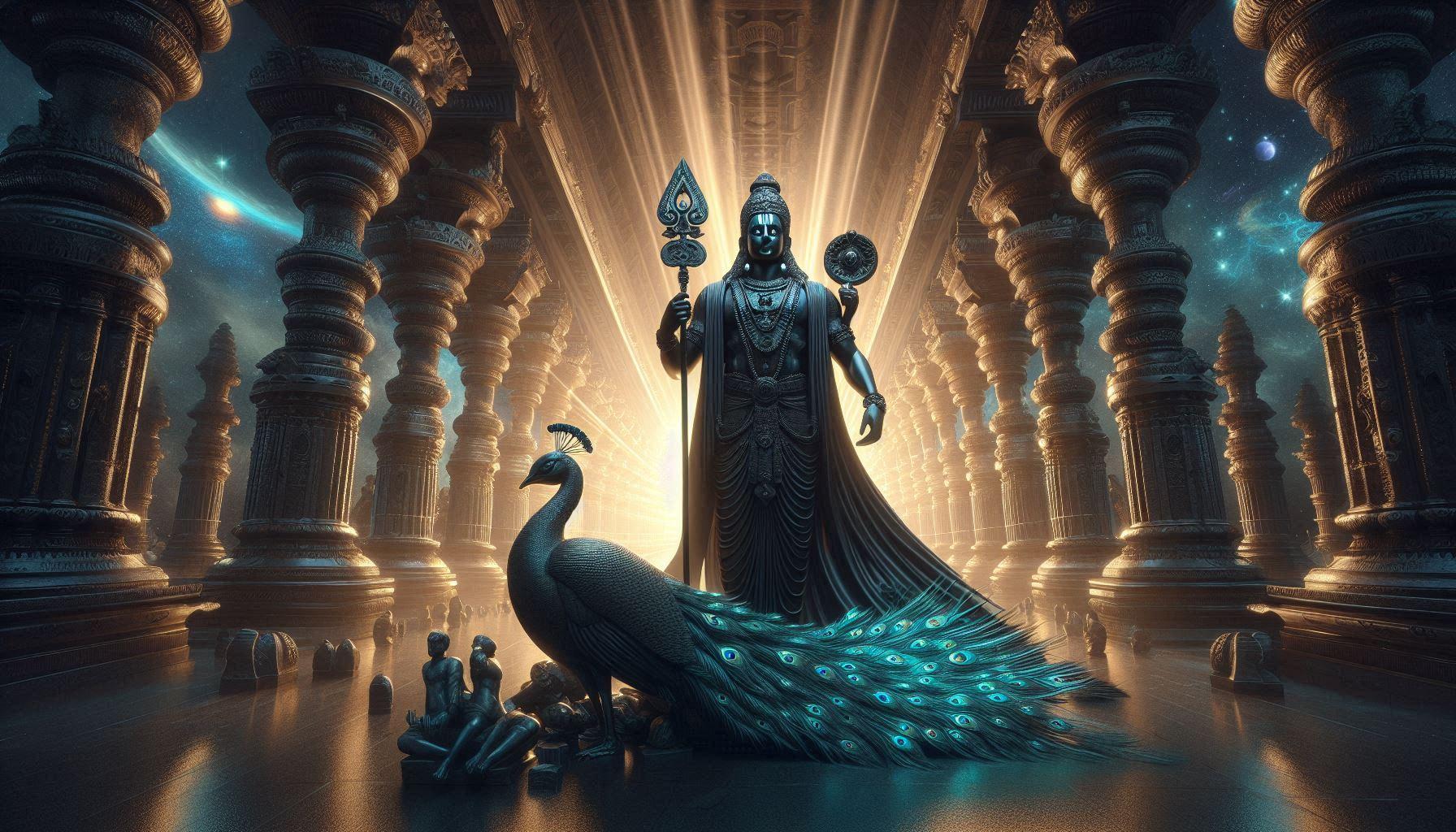
No Murugan temple is complete without the peacock — his eternal mount, symbolizing victory over ego and ignorance. At Kundrathur, however, the majestic peacock sculpture stands out, almost life-like, as if carved to remind devotees that Murugan’s true battle is not with demons outside, but with the inner darkness we all carry. Many devotees pause before this sculpture longer than they expect, drawn by its silent power.
Then, there is the awe-inspiring 100-pillar hall within the temple complex. At first, it looks like a marvel of Chola craftsmanship, but devotees and historians alike believe the hall holds hidden symbolism. The number 100 is not random — it represents completion, wholeness, and the totality of human experience. Standing in that hall, with rows of pillars surrounding you, it almost feels like being in the center of the universe, supported by countless energies that keep life in balance.
Some locals even believe that the acoustics of the hall were designed deliberately, amplifying chants and hymns so that every vibration resonates within the heart of the devotee. Together, the peacock and the 100-pillared mandapa form a powerful reminder that Murugan’s temple is not just stone and sculpture — it is a living lesson in cosmic harmony.
Conclusion, Kundrathur Murugan Temple Mysteries.
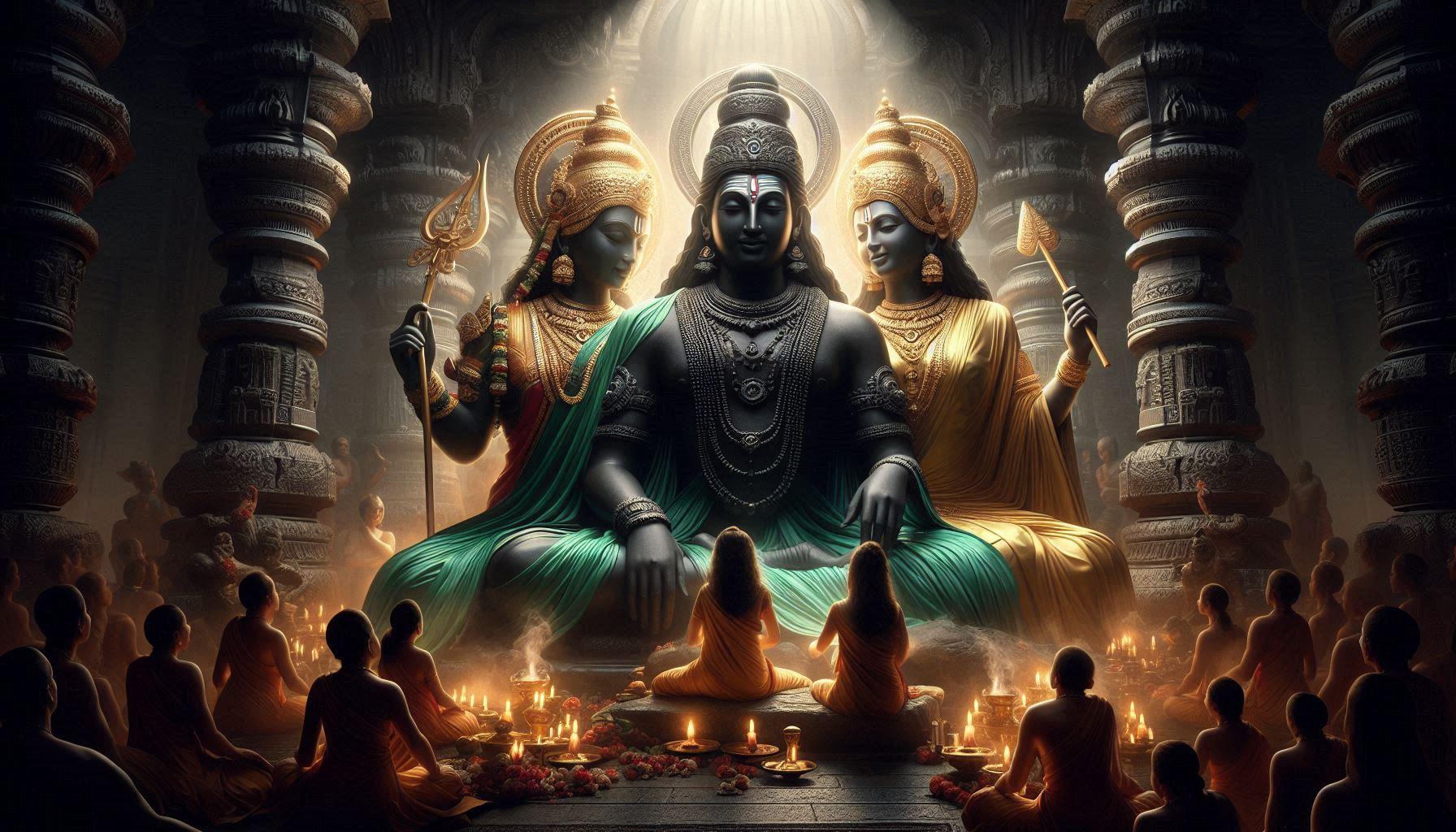
The Kundrathur Murugan Temple is not just a shrine of worship — it is a living puzzle of history, devotion, and cosmic design. From Murugan’s north-facing darshan, to the divine illusion of one goddess at a time, from the 84 symbolic steps to the sacred moment where Murugan himself worshipped Shiva, every stone here whispers an untold story. And as if that weren’t enough, the peacock and the 100-pillar hall remind us that true victory lies not in the battles outside, but in conquering the ego within.
Perhaps that is why devotees who visit Kundrathur often leave with more than blessings — they leave with a question stirring in their hearts: Did I just walk through a temple… or through a cosmic lesson written in stone?
So tell me — when you stand before this north-facing Murugan, what will you seek: prosperity, wisdom, or awakening?
Kundrathur Murugan Temple FAQs
Where is Kundrathur Murugan Temple located?
Where is Kundrathur Murugan Temple located?
Kundrathur Murugan Temple is located in Kundrathur, a suburb of Chennai in Tamil Nadu, India. It is around 24 km from Chennai city and 9 km from Porur.
What is the significance of Kundrathur Murugan Temple?
What is the significance of Kundrathur Murugan Temple?
Kundrathur Murugan Temple is the only temple in Tamil Nadu where Lord Murugan is seen in a standing posture. It is believed that Lord Murugan resided here on his way from Tiruttani to Thiruporur.
Who built Kundrathur Murugan Temple?
Who built Kundrathur Murugan Temple?
The temple was built by the great Chola ruler King Kulothunga Chola II in the 11th century.
What are the temple timings of Kundrathur Murugan Temple?
What are the temple timings of Kundrathur Murugan Temple?
The temple is usually open from 6:00 AM to 12:00 PM and from 4:00 PM to 8:00 PM. Timings may vary during festivals and special occasions.
What are the major festivals celebrated at Kundrathur Murugan Temple?
What are the major festivals celebrated at Kundrathur Murugan Temple?
Skanda Sashti, Panguni Uthiram, Thai Poosam, and Karthigai Deepam are the major festivals celebrated with great devotion.
How to reach Kundrathur Murugan Temple?
How to reach Kundrathur Murugan Temple?
The temple is well connected by road. Local buses and taxis are available from Chennai city. The nearest railway station is Tambaram, and the nearest airport is Chennai International Airport, about 18 km away.
What is the history of Kundrathur Murugan Temple?
What is the history of Kundrathur Murugan Temple?
The temple has historical importance as it was built by King Kulothunga Chola II. It is believed that Lord Murugan stayed here for a while before heading to Thiruporur after his war with Soorapadman.
What are the key attractions in Kundrathur Murugan Temple?
What are the key attractions in Kundrathur Murugan Temple?
The 84 steps leading up the hill, the sanctum with Lord Murugan in a rare standing posture with a spear (Vel), and the panoramic view of Chennai city from the hilltop are major attractions.
Is there any dress code for visiting Kundrathur Murugan Temple?
Is there any dress code for visiting Kundrathur Murugan Temple?
Devotees are expected to wear modest and traditional attire. Men can wear dhoti or kurta-pajama, and women can wear sarees or salwar suits.
Are there any accommodation facilities near Kundrathur Murugan Temple?
Are there any accommodation facilities near Kundrathur Murugan Temple?
Yes, there are several hotels and lodges in Kundrathur and nearby areas like Porur and Tambaram for devotees and visitors.
Can special poojas or rituals be performed at Kundrathur Murugan Temple?
Can special poojas or rituals be performed at Kundrathur Murugan Temple?
Yes, devotees can perform special poojas such as abhishekam, archana, and milk offering (Paal abhishekam) by booking through the temple administration.








